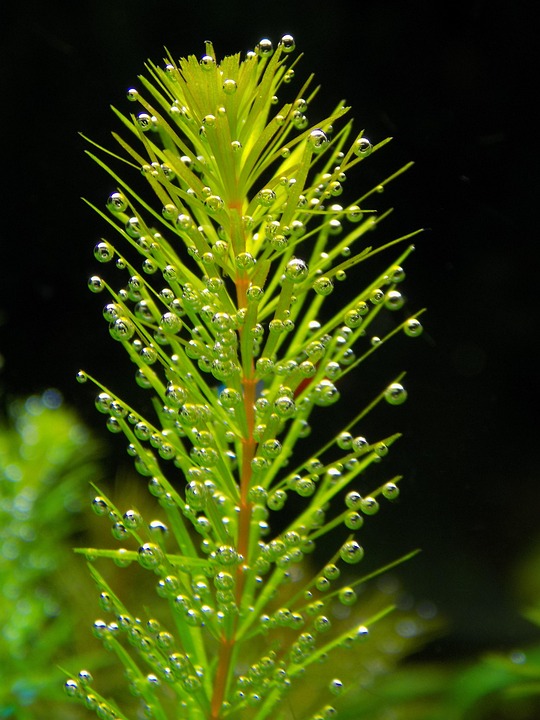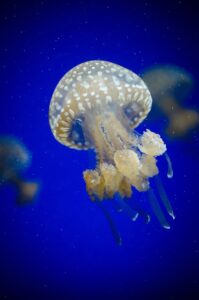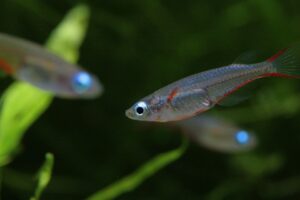
Aquarium plants are essential components of a thriving underwater ecosystem. They not only enhance the aesthetic appeal of the aquarium but also contribute significantly to the health and well-being of aquatic life. From providing oxygen and shelter to aiding in biological filtration, plants play multiple roles that are indispensable for both beginner and experienced aquarists. In this article, we will explore some of the top aquarium plants that are known for their resilience, beauty, and ecological benefits.
Benefits of Aquarium Plants
Before delving into specific plant species, it is essential to understand the benefits that aquarium plants bring to a tank ecosystem:
- Oxygenation: Through photosynthesis, plants release oxygen into the water, which is crucial for fish and other aquatic creatures.
- Filtration: Plants absorb nitrates and other waste products, helping to maintain water quality and reducing the need for frequent water changes.
- Algae Control: By competing for nutrients, plants help in controlling algae growth, keeping the tank clean and clear.
- Habitat and Shelter: Plants provide shelter and breeding grounds for fish, creating a natural and stress-free environment.
- Natural Aesthetics: A well-planted tank offers a more natural look, resembling the fish’s natural habitat and enhancing the overall visual appeal.
Top Aquarium Plants
Let’s explore some of the best aquarium plants that have proven to be both beautiful and beneficial for underwater ecosystems.
1. Anubias Barteri
Anubias Barteri is a popular choice among aquarists due to its hardiness and adaptability. This plant thrives in various water conditions and requires minimal lighting, making it ideal for beginners. Its broad, dark green leaves provide excellent shelter for fish and fry. Anubias Barteri can be attached to rocks or driftwood, adding a natural look to the aquarium.
2. Java Fern (Microsorum pteropus)
Java Fern is another hardy plant that does well in low light conditions. Its unique leaf structure and ability to grow on various surfaces make it a versatile addition to any tank. Java Fern does not require substrate planting, which makes it easy to incorporate into different aquascapes. Its slow growth rate means less maintenance, yet it provides ample cover for fish.
3. Amazon Sword (Echinodorus bleheri)
The Amazon Sword is a staple in many freshwater aquariums, known for its large, lush green leaves. This plant requires moderate lighting and benefits from a nutrient-rich substrate. While it can grow quite large, its majestic appearance makes it a focal point in any tank. The Amazon Sword is excellent for creating natural hiding places for fish.
4. Cryptocoryne Wendtii
Cryptocoryne Wendtii is a versatile plant that thrives in a range of conditions, from low to high light. It is well-suited for smaller tanks due to its moderate size. The plant’s crinkled leaves come in various colors, from green to reddish-brown, providing a unique texture to the aquarium. Cryptocoryne Wendtii is known for its adaptability and resilience, making it a favorite among hobbyists.
5. Vallisneria
Vallisneria, commonly known as eelgrass, is a fast-growing plant that can create a lush, jungle-like atmosphere in an aquarium. It is ideal for background planting due to its tall, ribbon-like leaves. Vallisneria is relatively easy to care for, requiring moderate lighting and a regular supply of nutrients. Its rapid growth helps absorb excess nutrients, reducing the risk of algae outbreaks.
6. Java Moss (Taxiphyllum barbieri)
Java Moss is a favorite for aquascaping due to its versatility and ease of care. It can be attached to driftwood, rocks, or left to float freely. Java Moss thrives in low light and provides excellent cover for fry and shrimp. Its dense growth is beneficial for biological filtration, making it an excellent choice for breeding tanks.
7. Hornwort (Ceratophyllum demersum)
Hornwort is a fast-growing, floating plant that is known for its ability to absorb nutrients effectively, helping to keep water clean and algae-free. It does not require substrate planting, making it easy to maintain. Hornwort provides essential cover for fish and fry, and its rapid growth rate makes it suitable for new tank setups where quick establishment is desired.
8. Dwarf Hairgrass (Eleocharis parvula)
Dwarf Hairgrass is a popular choice for aquarists looking to create a carpet effect at the bottom of the tank. It requires moderate to high lighting and a nutrient-rich substrate to thrive. Once established, Dwarf Hairgrass forms a dense mat that mimics the natural grasslands found in some aquatic environments. It provides a unique aesthetic and a playground for small fish and invertebrates.
Care Tips for Aquarium Plants
To ensure the health and growth of aquarium plants, consider the following care tips:
- Lighting: Choose plants that match the lighting conditions of your aquarium. Low-light plants like Anubias and Java Fern need minimal light, while others like Dwarf Hairgrass require more intense lighting.
- Substrate and Nutrients: Use a nutrient-rich substrate or add root tabs to support plants that draw nutrients from the substrate. Liquid fertilizers can also be used to supplement water column feeders.
- CO2 Supplementation: While not necessary for all plants, adding CO2 can enhance growth and health, especially in high-light tanks.
- Regular Maintenance: Trim and remove dead or decaying leaves to promote healthy growth and prevent waste buildup.
- Water Quality: Maintain stable water parameters, as fluctuations can stress plants and hinder growth.
Conclusion
Incorporating live plants into your aquarium is not only beneficial for the aquatic life but also enhances the overall experience of fishkeeping. Whether you are looking to create a serene aquascape or provide a natural environment for your fish, the right choice of plants can make all the difference. By selecting hardy and adaptable species like Anubias Barteri, Java Fern, and Amazon Sword, aquarists can enjoy a thriving underwater ecosystem with minimal effort. Remember to match the plant selection to the specific conditions and inhabitants of your tank for the best results. Happy aquascaping!
#ChatGPT assisted in the creation of this article.








